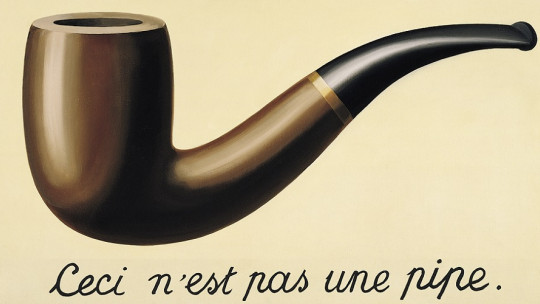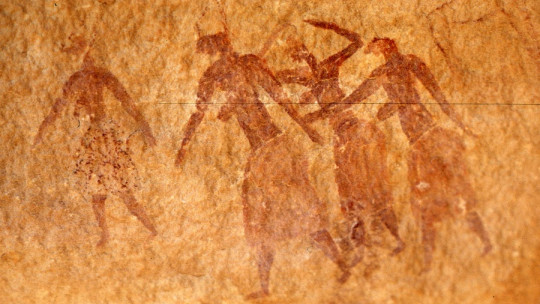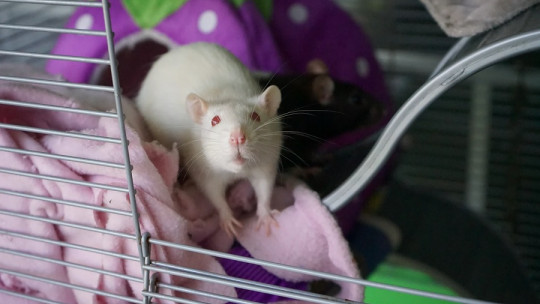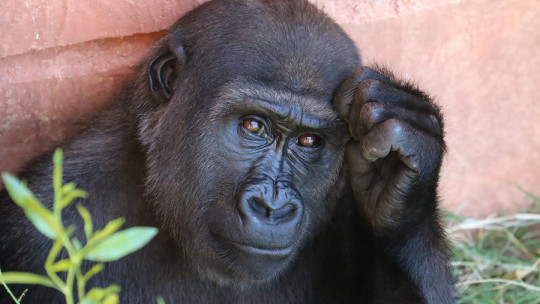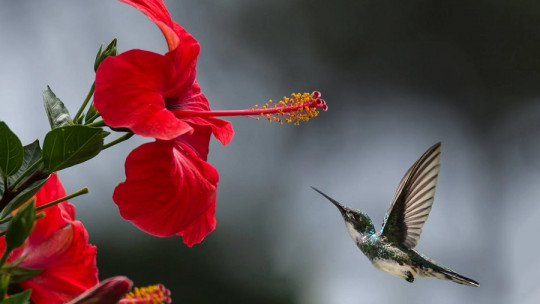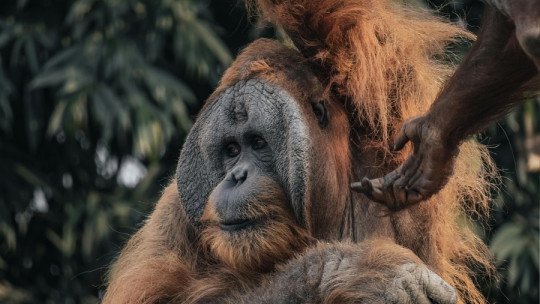
The word, a priori, sounds very strange. Zoopharmacognosy. A (very) long and difficult to pronounce word that, however, has been present in our vocabulary for several decades. Specifically, since 1987, when he focused on scientific jargon to refer to the ability of animals to find plants or other elements beneficial to their organism in nature.
In today’s article we talk about what it is zoopharmacognosy this amazing ability of animals to self-medicate that has always aroused great curiosity in humans, and from which, most likely, the first human societies learned.
What is zoopharmacognosy?
If you’ve ever seen your dog or cat eat grass, you probably know what we’re talking about. It is a habit that has been observed in some animals, through which they ingest or rub against plants or other elements that have great anti-inflammatory, antibacterial and healing properties. In other words, animals know how to take care of their bodies when they feel sick or simply when they want to prevent harm.
This curious fact is what scientists call zoopharmacognosy, a strange word that is composed of three Greek words: zoon (animal), pharma (drug) and gnosis (knowledge). Therefore, Its literal translation would be something like the knowledge of animals to medicate.
Is it true that animals are capable of self-medication?
Recently, news broke that shocked the world. In Sumatra, scientists observed that a male orangutan, who had an obvious wound on his face (the result of a confrontation with another male), took some liana leaves and placed them on the wound, as a poultice. After a few days, only a barely perceptible scar remained as a memory.
It is known that this species of climbing plant, the yellow root, has highly antibacterial and antioxidant properties, and its application to the orangutan’s wound facilitated its healing and also prevented a possible infection. This was a fact; The question, in reality, was the following: was it the orangutan’s intention, or was everything due to mere chance?
In reality, this plant does not enter the diet of these Asian primates, so it is unlikely that they will come close to it in their daily lives. Thus, everything seems to indicate that, indeed, the injured orangutan took the herb expressly to self-medicate, in a way, of course, instinctively, the result of many millennia of evolution.
The Sumatran orangutan, an isolated case?
We might think that the Sumatran orangutan that healed its wound is an isolated case, and that, in reality, this is not a common practice among animals. In fact, we might even believe that the primate was just imitating some human behavior that it might have observed on occasion.
However, the matter is much more complex. In an interesting article by The conversation (see bibliography) many historical testimonies are collected that affirm the existence of similar behaviors in animals. This is the case, for example, of the famous book by Aristotle history of animalswritten in the 4th century BC, where the philosopher records not only the well-known habit of dogs of purging themselves with grass, but also that of bears who, after a long and debilitating hibernation, the first thing they eat is wild garlic, rich in vitamin C, magnesium and other important nutrients to get back in top shape.
These examples may seem almost accidental to us, but historical sources are literally full of them. In it Aberdeen Bestiaryfrom the 12th century, it is said that bears cover their wounds with verbasco or candelaria a plant with beautiful yellow flowers that has great anti-inflammatory properties.
We might think that only mammals, as more developed animals, act like this. But, again, reality can surprise us. Because we also find in the sources the testimony of snakes that insistently rub themselves with thyme and impregnate their eyes with it, for its regenerating properties for the skin, as well as its great benefits for the immune system. On the other hand, there are studies that show that city sparrows usually collect consumed cigarettes, since nicotine is a great ally against nest parasites…
Types of zoopharmacognosy
Scientists distinguish three types of zoopharmacognosy or animal self-medication, depending on the way in which the substances enter the body:
Ingestion: It is one of the most common methods, which we can usually see in the aforementioned example of dogs consuming grass. The animal ingests the plant and its benefits are acquired through digestion. In the case of dogs and grass, the intention is likely purgatory, that is, to induce diarrheal excretion to regenerate and cleanse the digestive system of parasites. Some American parrots, for example, even ingest clay, which is beneficial for absorbing toxins from the intestine.
Absorption: Through absorption, the animal assimilates the properties of the element in question by placing it in its mouth. It is typical of some primates such as chimpanzees, which, through this procedure with the leaves of some plants, avoid parasitism.
Finally, we would have the skin application which consists of rubbing the beneficial element on the body, or, as in the case of the Sumatran orangutan, carefully applying it to the wound to help it heal.
In short, there is still much to discover about the ability of animals to recognize and take advantage of various natural elements for their benefit. One of the questions we can ask ourselves is the following: where did they learn it from? Imitation process of adults, genetic transmission…?
What is clear is that there are numerous examples that attest that animals, in effect, self-medicate, and that this zoopharmacognosy, dictated by millennia and millennia of evolution, may have a lot to do with human knowledge about the medicinal properties of natural world.

